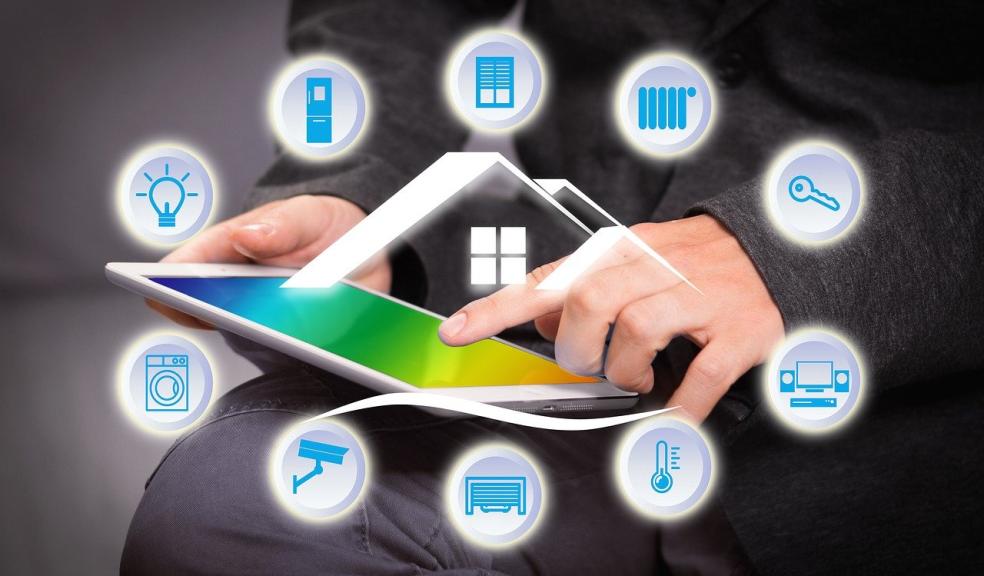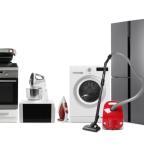
A guide to making your home more eco-friendly – without breaking the bank
Thanks to increasing climate awareness around the world, more and more people are looking to do their bit to reduce their carbon footprint.
At first, this can feel either like wishful thinking or hopelessly expensive. After all, the most popular eco solutions are still significant investments: technology such as wind turbines, solar panels, an electric car and charging port or creating your own vegetable patch.
However, in reality, you can make significant inroads on reducing your energy usage (and your monthly bills) simply by eliminating any inefficiencies within your home.
These could include poor insulation, draughty rooms, inefficient light bulbs and water wastage. Although it sounds like a lot of work, in reality, solving these issues is not rocket science, and can have a hugely positive impact on both your home and the environment.
Here is a guide to making your home more eco-friendly – without breaking the bank.
Hang draught-excluding doors
The crux of being more environmentally friendly is to reduce your carbon footprint. This can be as wide-ranging as changing the car you drive, the food you consume or the places you visit on holiday, but you don’t have to be as extreme as this to make a noticeable difference.
In fact, it is best to start with the absolute basics, so that you don’t get discouraged by sweeping lifestyle changes. For instance, you could reduce the amount of energy it takes to heat your house in the colder months by making it less draughty.
To do this, you could hang doors that fit your frames properly, therefore eliminating the chance of air rushing underneath them or between the door and the frame.
Obviously, if you are going to hang new doors, you will need the hinges to go with it, which you can find at Tradefix Direct.
Make any necessary improvements to your roof
One of the most fundamental reasons why many households use far more energy than they need to is because of poor home insulation. While wall insulation is of crucial importance, there is no doubt that heat rises, so your first port of call should be your roof.
Make sure that your roof is fully insulated, along with any pipes that could be losing heat (such as hot-water pipes). By fully insulating your house, you will trap more heat within it, and cut down your energy output as a result.
Fit energy-saving light bulbs
Another cost-effective eco solution to consider is fitting energy-saving light bulbs. These will last longer and reduce your overall energy consumption considerably. While it may not sound like one light bulb will make a lot of difference, over a number of years you will see a noticeable difference.
Like many environmentally friendly solutions, these bulbs will also save you a lot of money on your energy bills every month, so they are certainly worth considering.
Incorporate smart software
An increasingly popular technology being used to lower household energy consumption (and make your daily life a lot easier) is smart software. While a fully integrated smart home may cost a lot of money, you can just focus on the aspects that matter.
For example, you could fit a smart shower, which gives you the ability to set a timer (therefore cutting water wastage), and will heat the shower to an optimum temperature itself, preventing you from running the water for ages to warm it up, and then forgetting about it.









